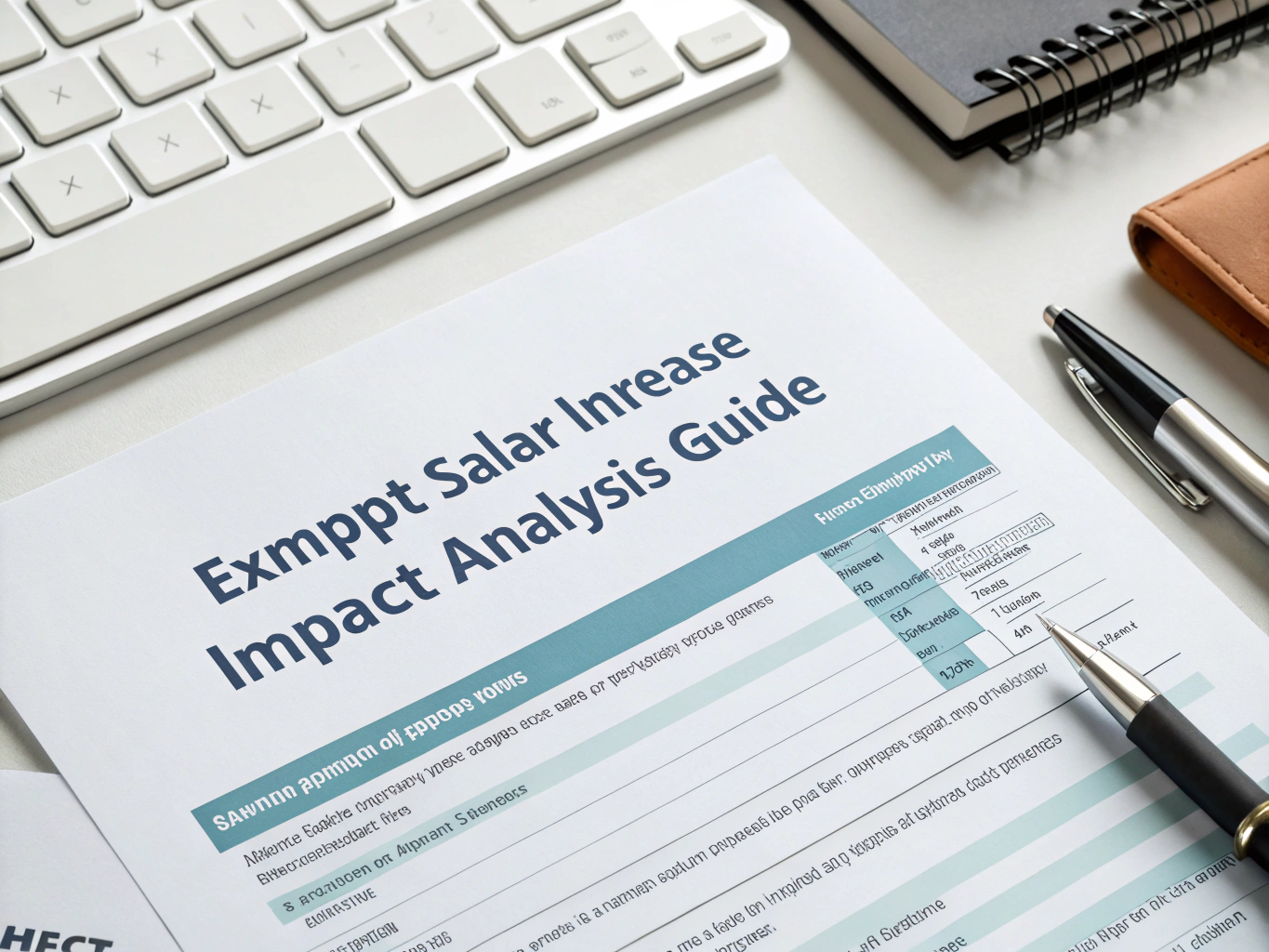What is an Investigation Questions Accuser?
This form is a vital tool for HR professionals when conducting investigations into workplace complaints. It is designed to gather comprehensive information from an individual who has raised concerns about inappropriate behavior or misconduct. Using this structured approach ensures that you capture all relevant details, which is essential for a fair and thorough investigation process.
Template
Below is a template you can customize for your organization’s needs:
Investigation Questions for the Accuser
General Information:
Full Name: ______________________________________
Job Title: ______________________________________
Department: ______________________________________
Date of Complaint: ________________________________
Name of Accused: __________________________________
Date(s) of Incident(s): ____________________________
Location(s) of Incident(s): ________________________
- Can you describe the incident(s) in detail?
- What specifically happened, and what actions or behavior led you to make this complaint?
- Were there any witnesses to the incident(s)?
- Please provide the names and contact information (if known) of any witnesses.
- How did you respond to the situation?
- Did you take any actions during or after the incident(s), such as notifying someone or asking for help?
- Have you reported this incident before?
- If yes, to whom did you report it, and when?
- What was your working relationship with the accused before the incident(s)?
- Were there any prior issues or conflicts between you and the accused?
- How has the incident(s) impacted you personally and/or professionally?
- Have there been any changes in your work performance or emotional well-being?
- Do you have any physical evidence (e.g., emails, messages, recordings) related to the incident(s)?
- If yes, please describe the evidence or provide it for the investigation.
- Were there any prior incidents of similar behavior involving the accused?
- If yes, when did these occur, and what were the circumstances?
- Have you spoken to anyone else about the incident(s)?
- If yes, who did you speak to, and what was discussed?
- What outcome are you seeking as a result of this investigation?
- Are there any specific actions you would like to see taken?
- Is there anything else you believe is important for us to know regarding this situation?
- Any additional details that may help clarify or provide context to the incident(s)?
Signature of Accuser: __________________________
Date: ________________________________________
Purpose and Benefits
The purpose of this form is to systematically collect information from the accuser to facilitate a thorough investigation. Utilizing this structured approach yields numerous benefits:
- Clarity: Collecting information in a structured manner helps clarify the events and provides a detailed account of the incident.
- Consistency: Using a standardized form ensures that all necessary aspects are addressed uniformly across different investigations.
- Transparency: Documenting the investigation process fosters transparency, making it easier to communicate findings and outcomes.
- Comprehensiveness: The form prompts the accuser to provide a wide range of information, ensuring no critical detail is overlooked.
Essential Components
When using this form, ensure the following components are included to make the investigation process effective:
- Detailed Descriptions: Encourage the accuser to provide a narrative that captures the full context of the incident.
- Witness Information: Identify any witnesses who can corroborate the accuser’s account, enhancing the credibility of the investigation.
- Documentation of Evidence: Collect any physical evidence that supports the accuser’s claims, such as emails or texts.
- Impact Assessment: Understand how the incident has affected the accuser both personally and professionally, which can inform the investigation’s severity.
How to Use This Form
To implement this form effectively, consider the following tips:
- Customize the Template: Adapt the questions to fit your organization’s specific context and any unique concerns raised by the complaint.
- Create a Comfortable Environment: Ensure the interview setting is private and supportive, allowing the accuser to speak candidly.
- Review Responses Thoroughly: After the interview, review the responses and follow up for any necessary clarifications to ensure accuracy.
- Document Everything: Keep accurate records of the interview and responses, as these will be vital for the investigation findings.
Legal and Compliance Considerations
When conducting workplace investigations, it is crucial to adhere to legal and compliance standards. Ensure that:
- All investigations are conducted impartially and confidentially to protect the rights of both the accuser and the accused.
- You are aware of relevant laws, such as anti-discrimination and harassment laws, that govern the investigation process.
- Documentation is maintained throughout the process to provide a clear record in case of potential disputes or legal scrutiny.
Best Practices
To maximize the effectiveness of this form, follow these best practices:
- Active Listening: Engage with the accuser actively, showing empathy and understanding to encourage a more open dialogue.
- Follow-Up Questions: Be prepared to ask clarifying questions based on the accuser’s responses to gather deeper insights.
- Maintain Confidentiality: Assure the accuser that their information will be handled confidentially to protect their privacy and encourage honesty.
- Training for Investigators: Ensure that those conducting the investigation are well-trained in handling sensitive situations, promoting a safe and respectful environment.




